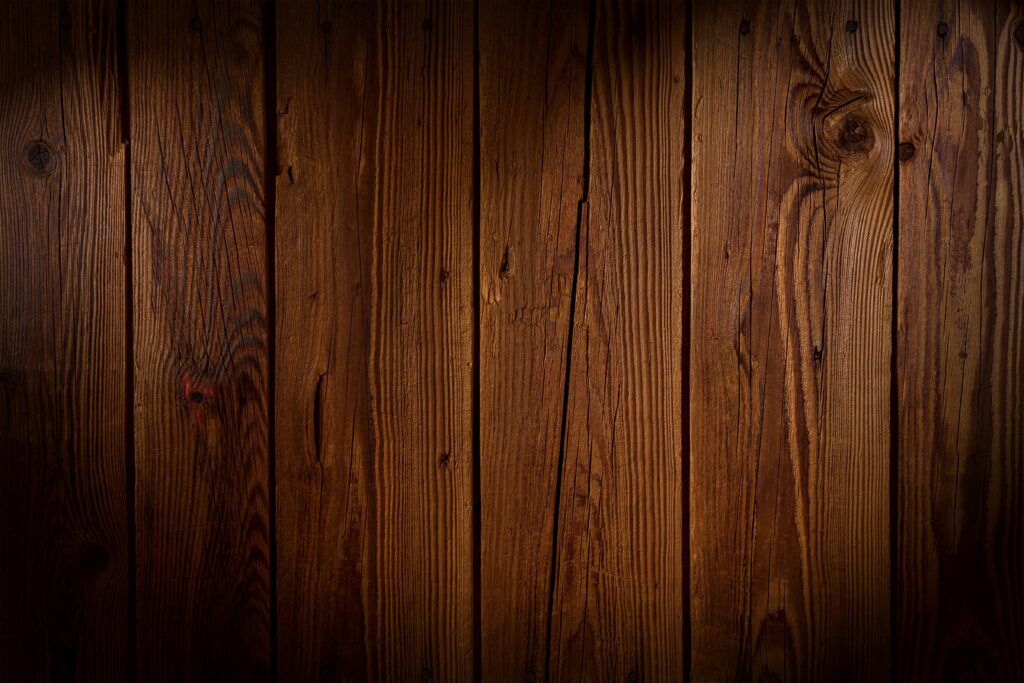Table of Contents
1. The Intricacies of Wood Textures
In this section, delve into the details of various wood textures that artists often encounter in their work. Mention the different types of textures, such as smooth, rough, aged, and weathered, and how they contribute to the character of the wood. Highlight the crucial role that closely observing real wood surfaces plays in achieving accurate and convincing wood texture drawing.
2. Building a Strong Foundation: Tools and Materials:
Here, focus on the tools and materials needed for successful wood texture drawing. Discuss the importance of selecting appropriate materials such as quality pencils, erasers, textured paper, and even digital tools for those who prefer a digital approach. Emphasize how these tools are the foundation upon which realistic wood textures are built.
3. Techniques for Realistic Wood Texture Drawing:
Detail the specific techniques that artists can employ to replicate wood textures convincingly. Explain the concept of cross-hatching and stippling, where small lines or dots are used to mimic wood grains. Discuss layering and blending techniques, showcasing how they help in achieving depth and dimension in wood texture drawing.
4. Observing and Sketching Wood Grains:
In this section, explain the process of closely observing real wood surfaces or high-quality reference images to understand the intricate grain patterns. Describe how artists can translate these observations into their drawings, creating realistic wood textures through careful sketching of lines, curves, and unique features of the wood.
5. Step-by-Step Wood Texture Drawing Guide:
Present a detailed step-by-step guide on creating a wood texture drawing. Outline the process from the initial sketch to the final shading and detailing stages. Include images or diagrams at each step to visually aid readers in understanding the progression of the artwork.
6. Capturing Realism through Light and Shadow:
Explain the importance of understanding light sources and their effect on wood textures. Detail how artists can use light and shadow to create realistic highlights and depth, enhancing the overall appearance of the wood texture drawing.
7. Elevating Your Artwork with Detailing:
Discuss the role of intricate detailing in making wood texture drawings truly stand out. Explain how to add elements like knots, cracks, and variations in color to add authenticity to the wood texture. Emphasize the importance of integrating these details seamlessly into the overall texture.
8. Exploring Different Wood Types and Styles:
Encourage artists to experiment with drawing various wood types, each with its unique textures and characteristics. Discuss how different wood types provide opportunities to enhance and challenge your wood texture drawing skills. Mention that this experimentation will help artists expand their expertise.

9. Overcoming Challenges and Avoiding Common Mistakes:
Address common challenges artists may face in to draw wood texture , such as overworking the texture or struggling with proportion. Offer practical solutions and techniques to overcome these obstacles, ensuring that the process remains rewarding and productive.
10. Showcasing Mastery: Examples and Inspirations:
Highlight accomplished artists who have mastered texture drawing. Showcase their work and explain the techniques they use to achieve realistic wood textures. Provide examples of how wood textures can elevate various art forms, including illustrations, digital art, and sculptures.
11. Pushing Boundaries: Personal Style and Creativity:
Discuss how artists can infuse their unique style and creativity into wood texture drawing. Encourage experimentation while maintaining a balance between realism and artistic interpretation. Emphasize that wood texture drawing offers ample opportunities for personal expression.
12. Conclusion: Embarking on Your Wood Texture Journey:
Summarize the main points covered throughout the blog post. Reiterate the value of mastering wood texture drawing as a skill that can enhance artistic proficiency. Encourage readers to embark on their wood texture drawing journey with confidence and enthusiasm.
13. Resources and Further Learning:
Provide readers with additional resources, such as links to tutorials, courses, and references, that can help them further develop their wood texture drawing skills. Encourage readers to continue learning and growing in their artistry.
FAQs
Ques- How do you texture wood in a drawing?
- Use cross-hatching and stippling techniques. Apply parallel lines with varying pressure to mimic grain patterns (cross-hatching), and create texture by adding small dots (stippling) for pores and irregularities. Adjust shading for depth, incorporate knots, and highlight according to the light source for a realistic wood texture.
Ques-How do you render a drawing to look like wood?
- Utilize cross-hatching for grain lines, stippling for pores, and shading for depth. Integrate knots and imperfections. Apply highlights and shadows based on lighting. Blend techniques for realism.
Ques- How to do wood texture with markers?
- Use light and dark markers for grain variation. Apply thin, parallel lines for grain direction. Add knots and cracks with careful strokes. Blend colors with markers or a colorless blender for depth. Adjust pressure for shading and highlights.
Ques- How do you draw wood texture in architecture?
- Observe real wood surfaces for reference. Sketch the basic form of the wood element. Draw parallel lines in the direction of the grain. Vary line length and spacing for natural variation. Add knots and imperfections with irregular shapes. Use shading and hatching for depth. Incorporate highlights and shadows for realism.
